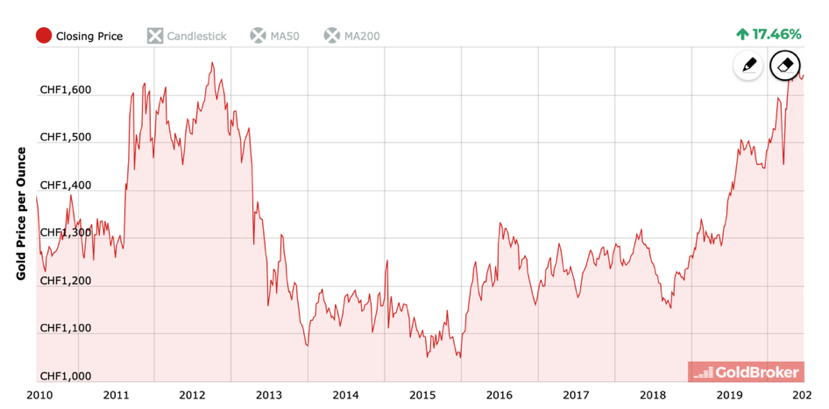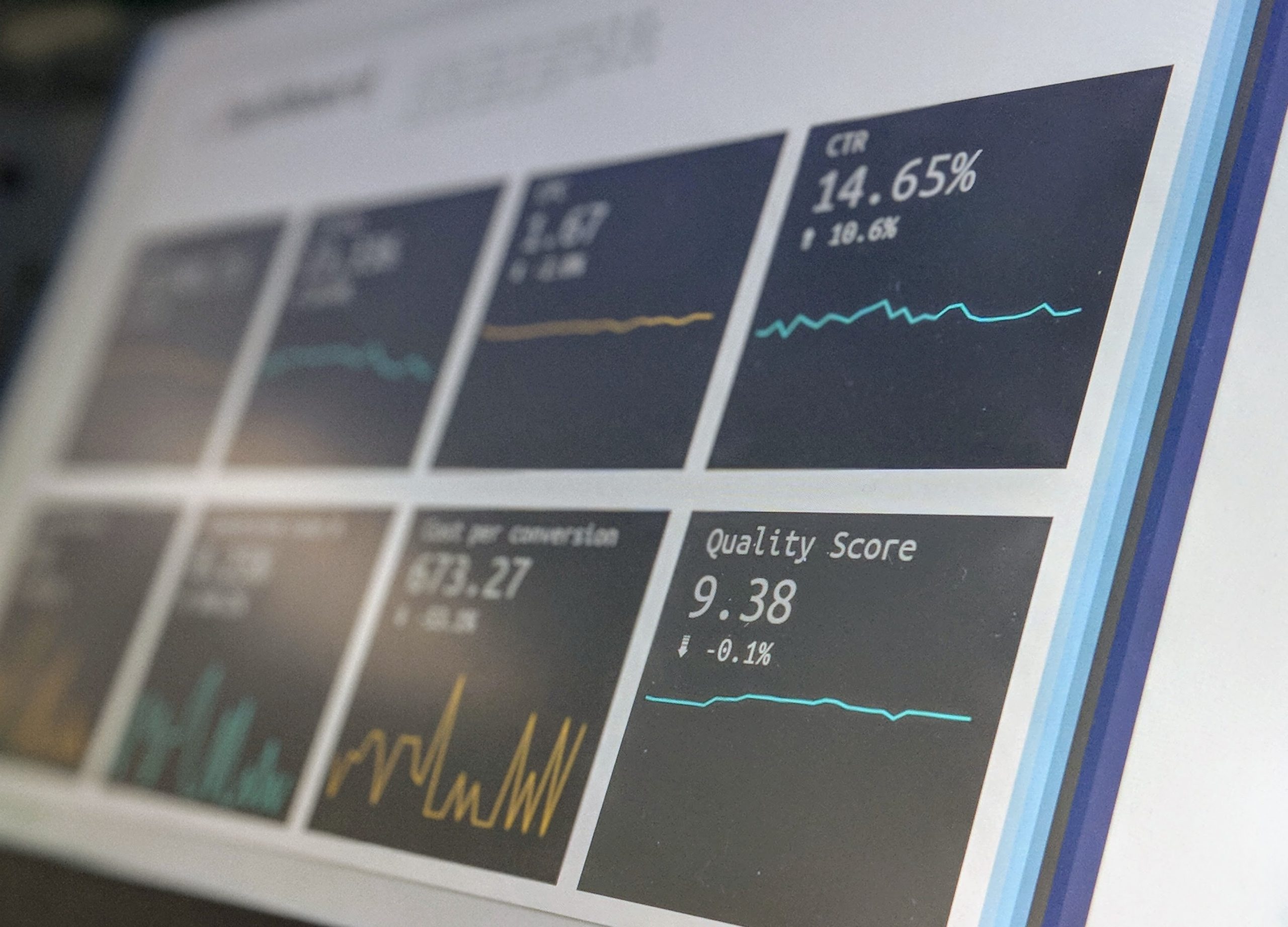Columns
Chapter 5: Debunking Jargon – Alternative Asset Classes – Investing made easy by Rosa Sangiorgio
Investing made easy is a bi-weekly series by Rosa Sangiorgio exclusively for Vivamost

Credit: Licensed image from Cartoon Collections LLC
In our last chapter, we explored the main conventional asset classes: stocks, bonds and cash. All other asset classes are usually defined as “alternative investment”: from real estate to private equity and private debt, hedge funds, commodities, art and antiques, you name it!
Despite such investments being quite different in nature, we group them under one name as they have characteristics that differentiate them from conventional asset classes. They are usually illiquid, intransparent and difficult to evaluate, but move differently than conventional asset classes, which generally makes them a good choice for diversification.
Real Estate
We are all familiar with Real Estate, or Property. It delivers returns via rent and the appreciation in value of the building or land owned. You can invest directly, by buying a building, a house, an office, or indirectly via a Fund investing in multiple properties.

Photo by Tierra Mallorca on Unsplash
Real Estate represents one of the largest expenditures of any household or business, it shapes how our communities are designed and built, and plays a large role in our economy. As such, it can be responsible for significant social and environmental impact (the buildings and construction sector accounts for nearly 40% of total energy-related CO2 emissions and 36% of energy use worldwide – Global Status Report 2018 by UNEP). For this reason, when investing in real estate (both directly and indirectly), it is particularly important to pay attention to both the social and environmental impact.
![]() Good
Good
- Historically, the risks and rewards of property ownership have been somewhere between those of equities and bonds
- Property usually keeps pace with inflation
![]() Bad
Bad
- Prices can go down and inflict large losses
- Property is illiquid by definition. You can’t sell your buildings overnight.
Commodities
Investing in commodities is buying a certain commodity (grain, oil, gold, etc.), expecting the value of that commodity to increase over time (similarly to what we expect when we buy shares of a company). You can buy commodities directly, but to avoid the cost of storage, or the risk of the commodity perishing, it’s easier to invest by using contracts that only derive their value from the value of the commodities (i.e. derivatives).
Note to my Italian mum that thinks that gold is the safest investment of all, as “it keeps value over time”. Have a look at the graph below. Gold’s most pronounced price fall in the past decade happened between October of 2012 and July of 2013, nine months during which the metal lost approximately a third of its value. If you had invested the end of 2012 and needed your money back mid-2013, you would have lost one-third of your money.

Courtesy: goldbroker.com
Commodities are an alternative to equities in terms of risk-return profile, and therefore require a similar timeframe. From a values perspective, it is straightforward to assess the impact of commodities (e.g. think about oil or rice), if you invest directly and know exactly which is the value chain from production to storage. It becomes quite complicated to think about impact, if you don’t have the full understanding of where the goods come from, and even worse if you just bet through derivatives.
![]() Good
Good
- Low correlation with equities may reduce portfolio risk (e.g. Gold is usually negatively correlated with equities).
![]() Bad
Bad
- Commodities don’t pay dividends and anyway, future returns should equal inflation
- The workings of commodity derivatives are extremely complicated.
Private equity and Private debt
Private equity or debt involves a relationship with an entity that is not publicly listed or traded (private company). Do you remember the last chapter example about Lisa? She has just created her own business and she needs support. If you buy shares of her company, you are investing in private equity, if you lend her some money, you are supporting her with private debt. Basically, through these instruments, you can directly provide companies and startups an alternative to conventional financial mechanisms, such as high-interest bank loans or listing on public markets. At the same time, you may get to finance innovative ideas at their early stage, which is definitively in the direction of impact. When financing early-stage companies, or even an idea of becoming a start-up, you may hear people referring to venture capital and angel investors. Venture Capital is a form of Private Equity.

Photo by Mika Baumeister on Unsplash
Because those investments are not publicly traded, the liquidity is quite low and require longer holding periods (to ensure that the business model of the company has enough time to pay off). You can invest in Private Equity or Loans either directly or through funds.
![]() Good
Good
- Direct investment in ideas and contact with the management of the company
- Very high returns in case of successful ideas
![]() Bad
Bad
- Less governance than public equities
- Low liquidity
Hedge Funds
Initially, hedge funds were quantitative strategies that would ‘hedge’ the risk of investments, meaning protect them from downturns. That definition no longer applies, nowadays hedge funds show creative structures and various underlying assets. One of the common characteristics of those type of investments, together with the complexity, is the fact that they are often targeting absolute positive returns (i.e. and not to beat the market or a benchmark), they may use complicated derivatives strategies and are uncorrelated with other asset classes.

Photo by Stephen Dawson on Unsplash
If you are looking to invest in instruments that you understand (which is my heartfelt suggestion), you have only two options: either you dedicate some time to learn and understand how both derivatives and specific hedge funds strategies work – you have some useful links at the end of the article, or simply avoid hedge funds tout court.
![]() Good
Good
- Diversification to other asset classes
![]() Bad
Bad
- Not transparent and illiquid
As an investor, you can construct a sufficiently diversified portfolio using conventional asset classes: cash, bonds, equities. Depending on your risk profile and desired impact, you can achieve better diversification, and ultimately results, including those alternative asset class that you understand, are sufficiently transparent and impactful like real estate or private equity.
The other alternative asset classes require a high degree of expertise to avoid being negatively surprised. My personal opinion is that you can easily avoid them, considering their high costs, illiquidity, and all possible other barriers to entry/exit.
Additional References:
- Global Status Report 2018
- How to harvest wheat and mine gold using ETCs
- HEDGE FUNDS – Harvard Business School
- 48 hedge fund jargon terms beginners might want to know
- ESG incorporation in hedge funds
About the Author:

Rosa Sangiorgio, an Independent Advisor, is an expert at scaling investment methods that generate positive, socially responsible and environmental welfare impact in addition to a financial return. She worked for several European Financial institutions in the area of Wealth Management and Private Banking. Also, she was Head of Sustainability and Impact Investing in the Investment Management team of Credit Suisse until January 2020. Rosa is also a CEFA charterholder and TEDx speaker.





